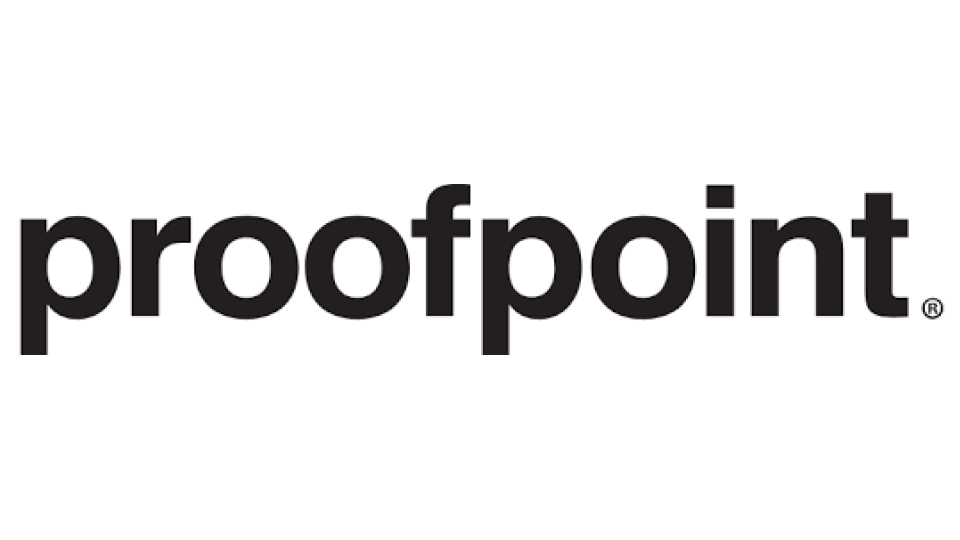Everything You Need To Know About Anti Impersonation And Spoofing Solutions (FAQs)
Why Are Anti Spoofing And Domain Impersonation Solutions Important?
Email phishing attacks are getting more sophisticated by the day. Despite best efforts, phishing continues to be the number one cause for the majority of successful breaches and attacks. These attacks are also getting increasingly costly, with the average cost of a data breach being 4.35 million dollars according to IBM.
Spoofing and impersonation attacks fall under the wide and insidious umbrella of phishing. Both involve sending out fraudulent emails with the intent of duping users into clicking on malicious files and attachments, clicking bogus links, or responding with highly sensitive information. The outcome is the same, but the methods are different. While security awareness training can be a huge help in preventing your users from falling victim, it’s not a cure all, so safeguarding at every level is a must to protect you and your brand from phishing–in all its forms.
Spoofing And Impersonation, What’s The Difference?
Domain spoofing is a popular phishing method in which a threat attacker will “spoof” a domain with the intention of impersonating a trusted figure, organization, or site. Spoofing is a technical process, which involves modifying the header of an email to give a different sender ID and address than the actual one. The benefit of a technical-based attack is, if protocols are configured correctly and proper preventative measures are in place, email security solutions that have Secure Email Gateways built in can detect these spoofed emails and block and quarantine them, averting disaster.
Domain impersonation is a bit different. Rather than relying on tech, the success of domain impersonation attacks usually comes down to human error. Typically, this involves an individual having a lapse in judgment and clicking on a malicious link or file.
Attackers go to great lengths to impersonate trusted senders, making them look legitimate – though there are often giveaways. In the past, having staff trained against the dangers of impersonation and other cyberattacks was the only preventative tactic, but more and more companies are developing AI-based and communication-based strategies that can pick up on the signs a sender and their email is being impersonated – and alert the end-user and admins. Solutions that tackle these issues are AI and machine learning technology, DMARC, SPF, and DKIM configurations, language, and sender analysis, SEGs, and more.
What Features Should You Look For In Anti Impersonation And Spoofing Solutions?
Since solutions designed to tackle the issues of impersonation and spoofing can vary so widely in their scope and capabilities, there is no one set of features to expect. However, some useful capabilities to look for include the following:
- Advanced authentication mechanisms. Strong authentications mechanisms are important for ensuring users and devices verification is highly secured, as well as minimizing the potential for risk associated with unauthorized access. Methods of authentication like multi-factor authentication (MFA), secure authentication protocols, and biometrics are great for thwarting attempts at impersonation.
- Behavioral analysis. Behavioral analytics capabilities are useful for making sure the solution can identify anomalies that may indicate an account has been taken over or analyze deviations from normal behavior. This allows users to detect patterns that indicate the threat of an imposter and take steps to rectify the situation.
- Threat intelligence integration. This allows users to stay updated on the latest attack techniques and threats. Real-time threat intelligence is a valuable capability as it ensures the solution is well equipped to quickly and efficiently detect current and emerging impersonation threats and take steps to prevent them.
- Incident response and forensics. Incident response capabilities are vital for gaining a thorough understanding of the scope and impact of any incidents involving impersonation or spoofing, as this understanding facilitates a more effective response. Having access to tools for incident response and forensic analysis to investigate and remediate these incidents and improve the overall security posture.
















